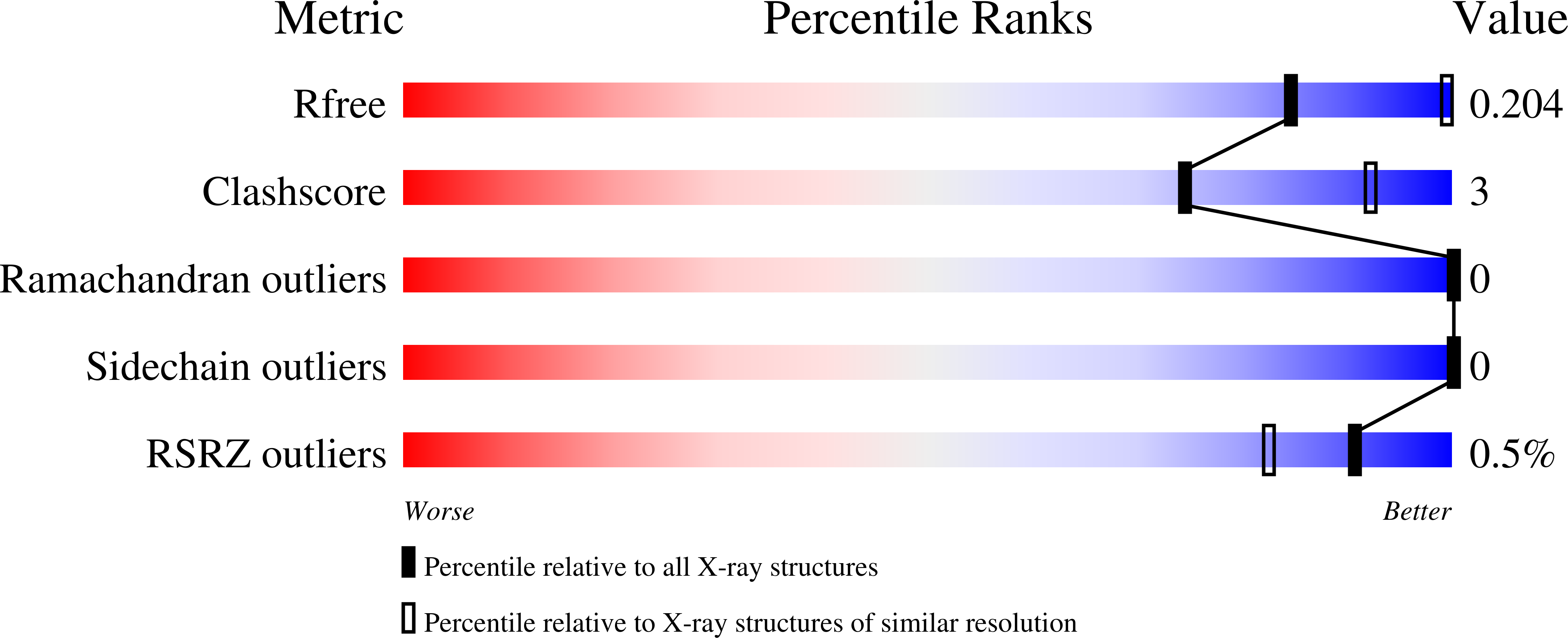
Deposition Date
2022-02-21
Release Date
2022-06-01
Last Version Date
2024-11-06
Entry Detail
PDB ID:
7U1D
Keywords:
Title:
Crystal structure of arabidopsis thaliana acetohydroxyacid synthase P197T mutant in complex with chlorimuron-ethyl
Biological Source:
Source Organism:
Arabidopsis thaliana (Taxon ID: 3702)
Host Organism:
Method Details:
Experimental Method:
Resolution:
3.11 Å
R-Value Free:
0.20
R-Value Work:
0.17
R-Value Observed:
0.17
Space Group:
P 64 2 2


